Neck injury : Shedding Light on the Hidden Dangers of Drowning
In the realm of drowning incidents, where the looming danger of asphyxiation takes center stage, there exists an undercover peril that silently prowls beneath the water’s surface – neck injuries. Our neck, a delicate and vital part of our anatomy, becomes vulnerable during such harrowing events, demanding our attention to potential consequences that are often overlooked.
Navigating the Rapids: The Mechanism of Neck Injuries
Neck injuries in drowning scenarios usually emerge from sudden impacts or forces. Picture the chaos of a water emergency – a fall, a collision, or the desperate struggle for survival – all exerting substantial stress on the cervical spine and its surrounding structures. The neck, with its delicate nature, is prone to damage, and the aftermath can be severe.
The Symphony of Movement: Cervical Spine Complications
Our cervical spine, a harmonious ensemble of seven vertebrae in the neck region, orchestrates the support for our head and enables a graceful range of movements. However, when faced with the force of a drowning incident, these vertebrae can suffer fractures, dislocations, or other traumatic injuries. The resulting damage may extend to the spinal cord, introducing neurological complications and potential long-term consequences.
SOS: Prompt Medical Attention is Our Lifeline
Recognizing the signs of a neck injury during or after a drowning incident becomes paramount. Symptoms like pain, difficulty moving the neck, or tingling sensations should act as our distress signals. In such situations, seeking medical attention promptly is our lifeline. Delayed intervention might amplify the severity of the injury and jeopardize the chances of a full recovery.
Life Jackets and Lifeguards: Prevention and Preparedness
While accidents are unpredictable, we can act as guardians by taking preventive measures and being prepared for water-related emergencies. Enforcing safety measures, like donning appropriate flotation devices and providing vigilant supervision, is essential to minimize the potential for accidents.
Empowering the Aquatic Community: Educating the Public
Raising awareness about the risk of neck injuries in drowning incidents becomes a mission of utmost importance. Through community education initiatives, swimming lessons, and the dissemination of safety protocols, we can contribute to a collective effort in preventing water-related accidents. The more informed the public is, the better equipped we become to respond effectively in emergency situations.






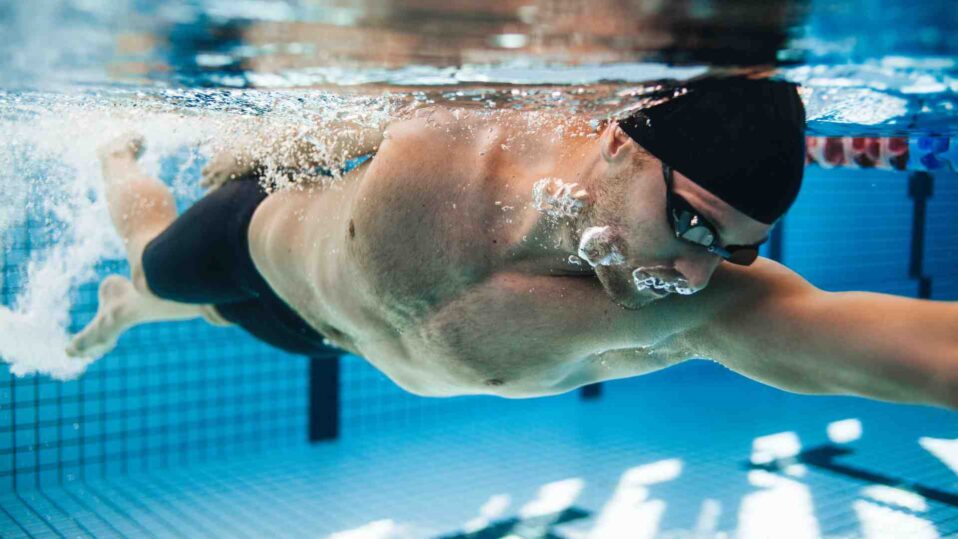
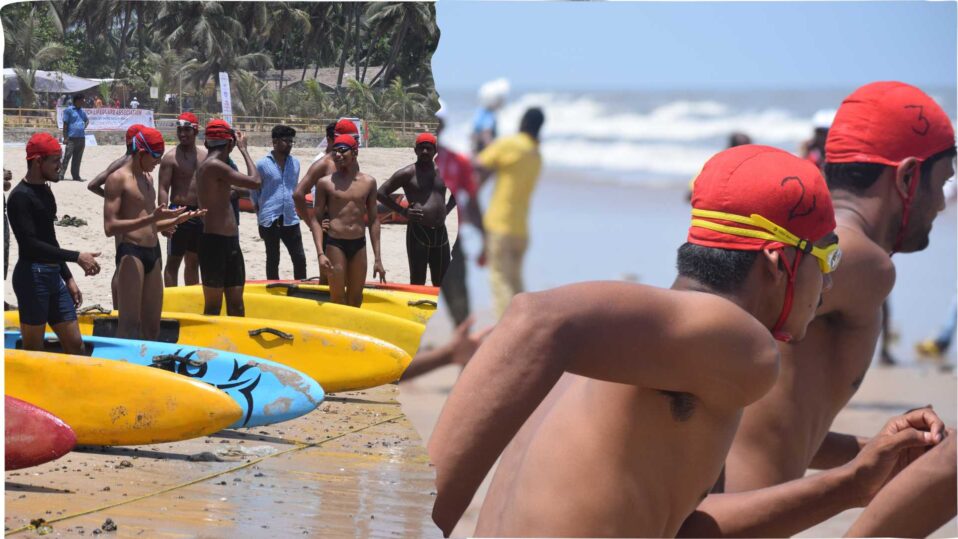
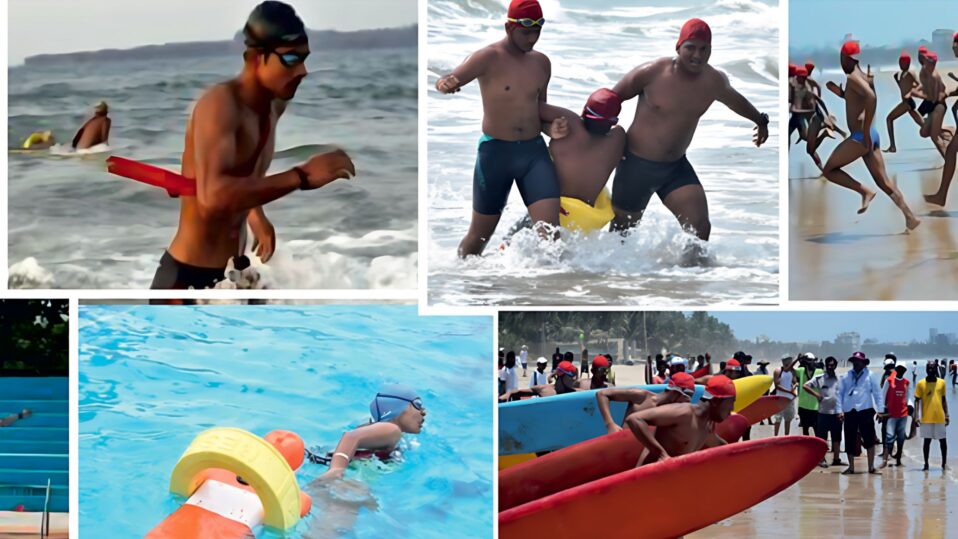
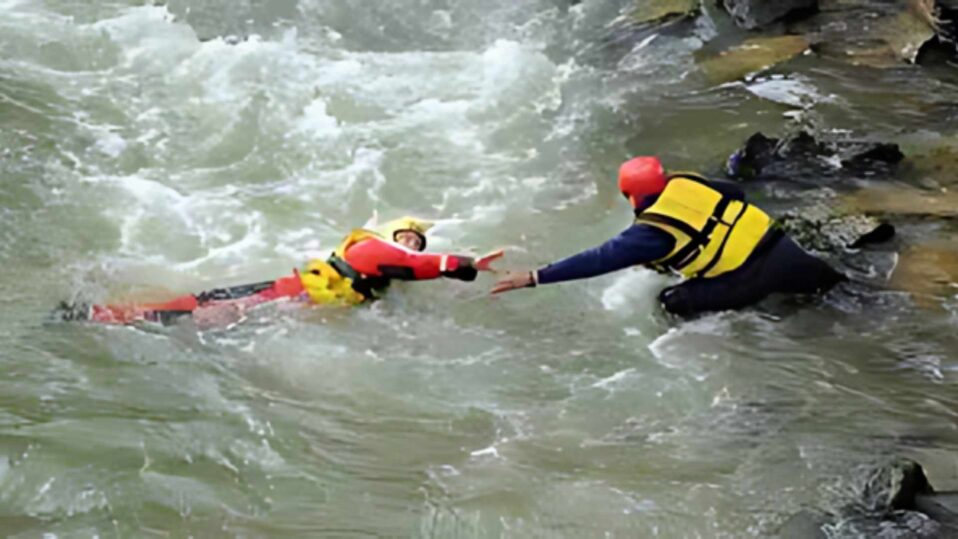
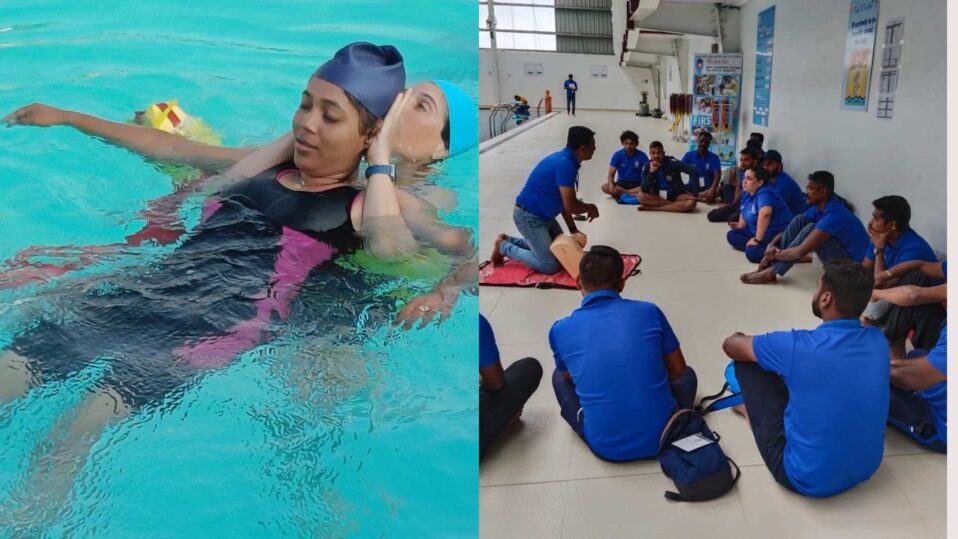


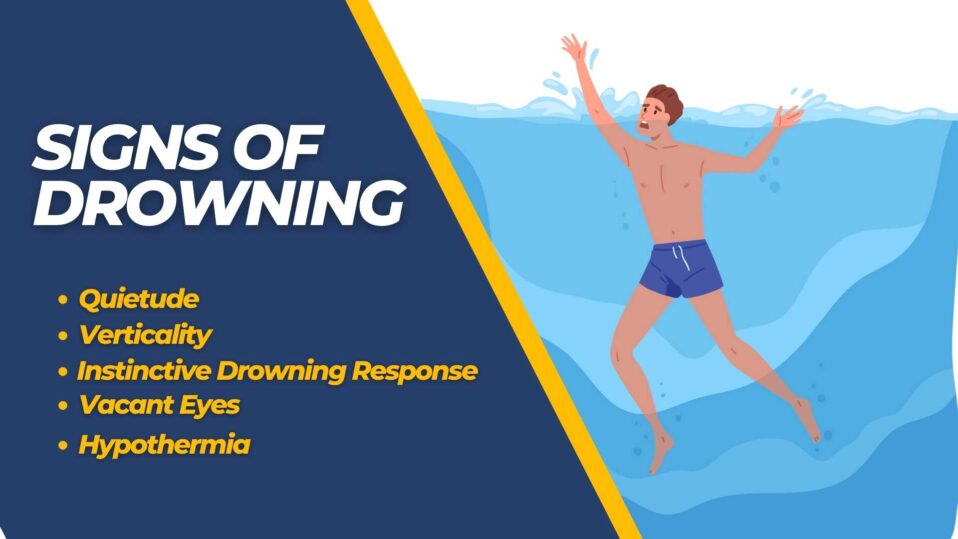
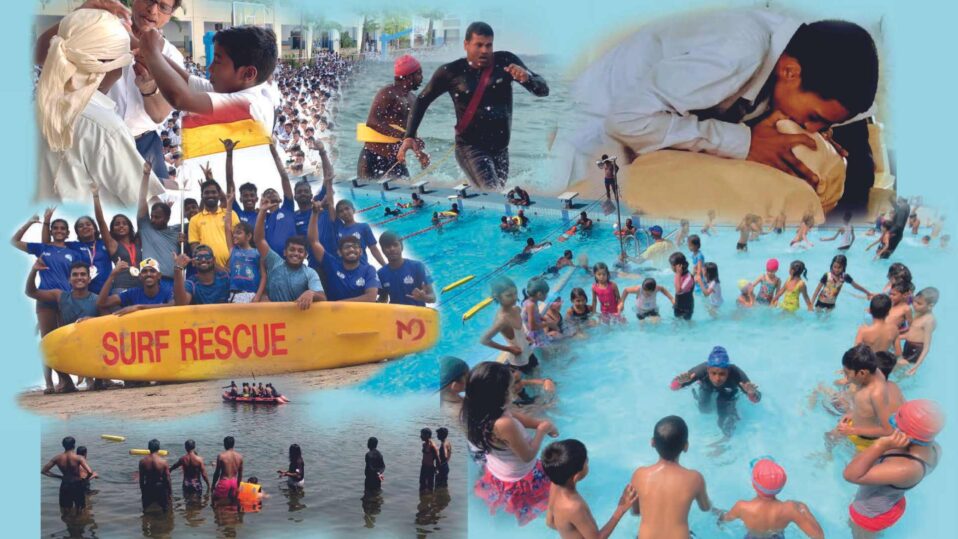

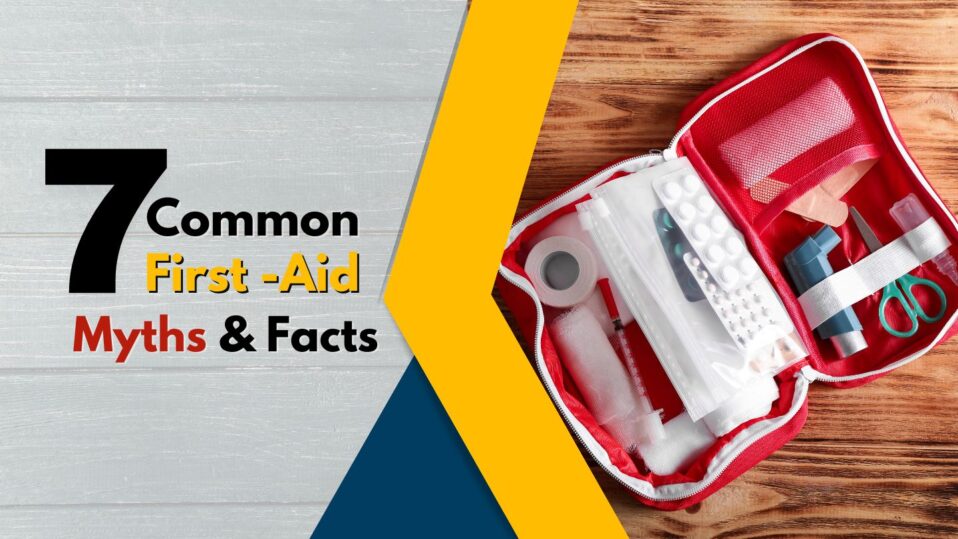
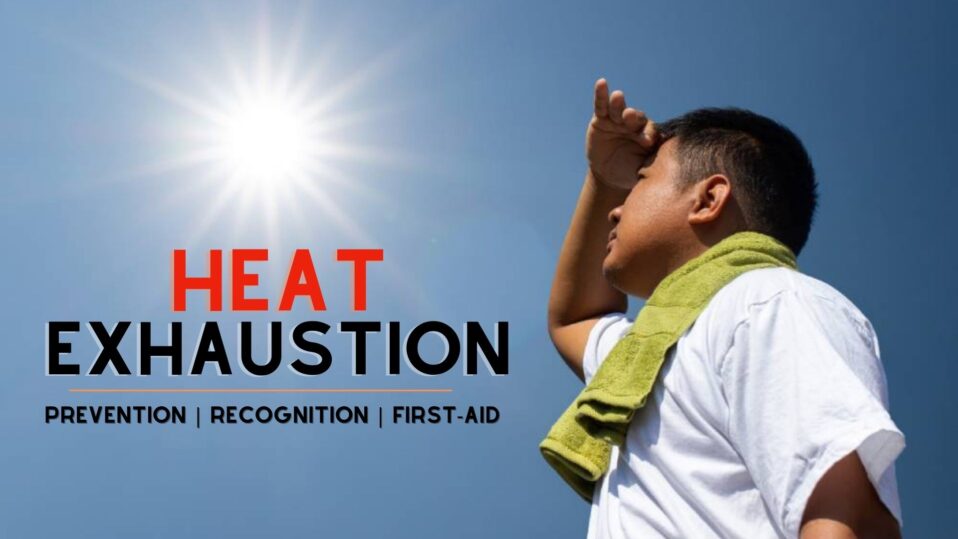
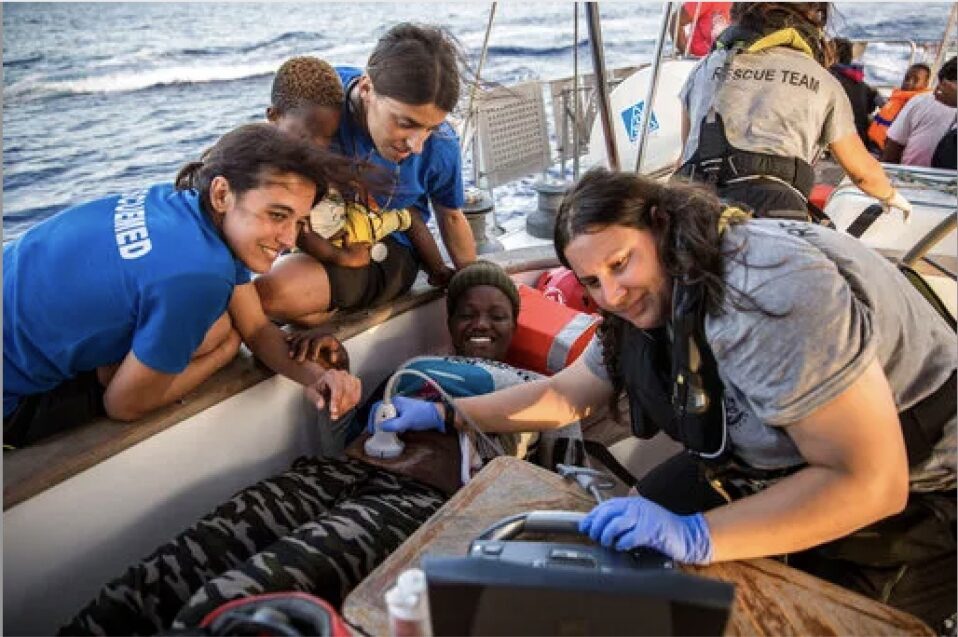
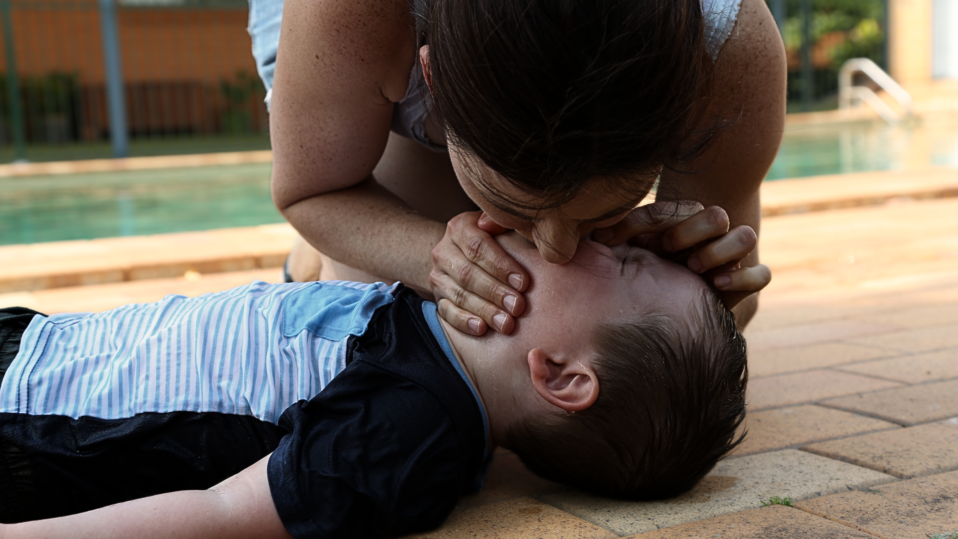
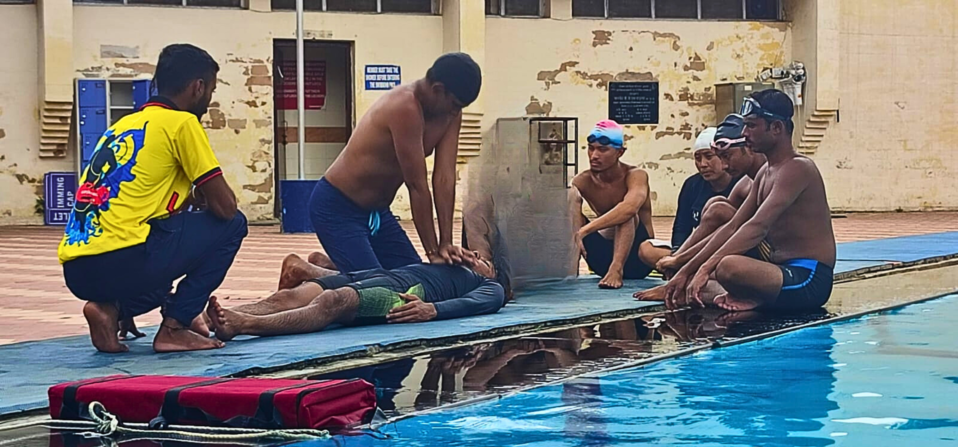
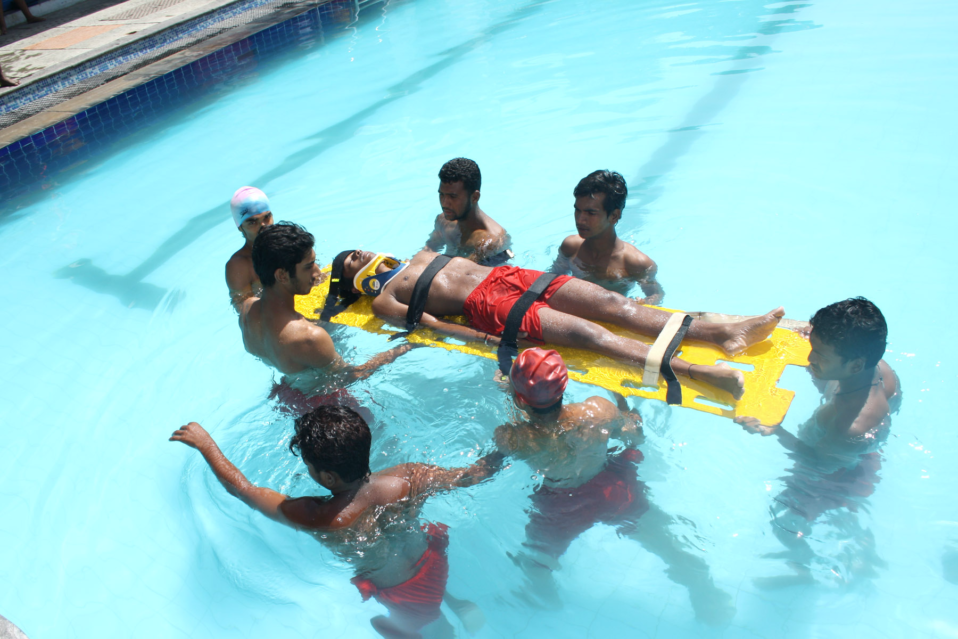
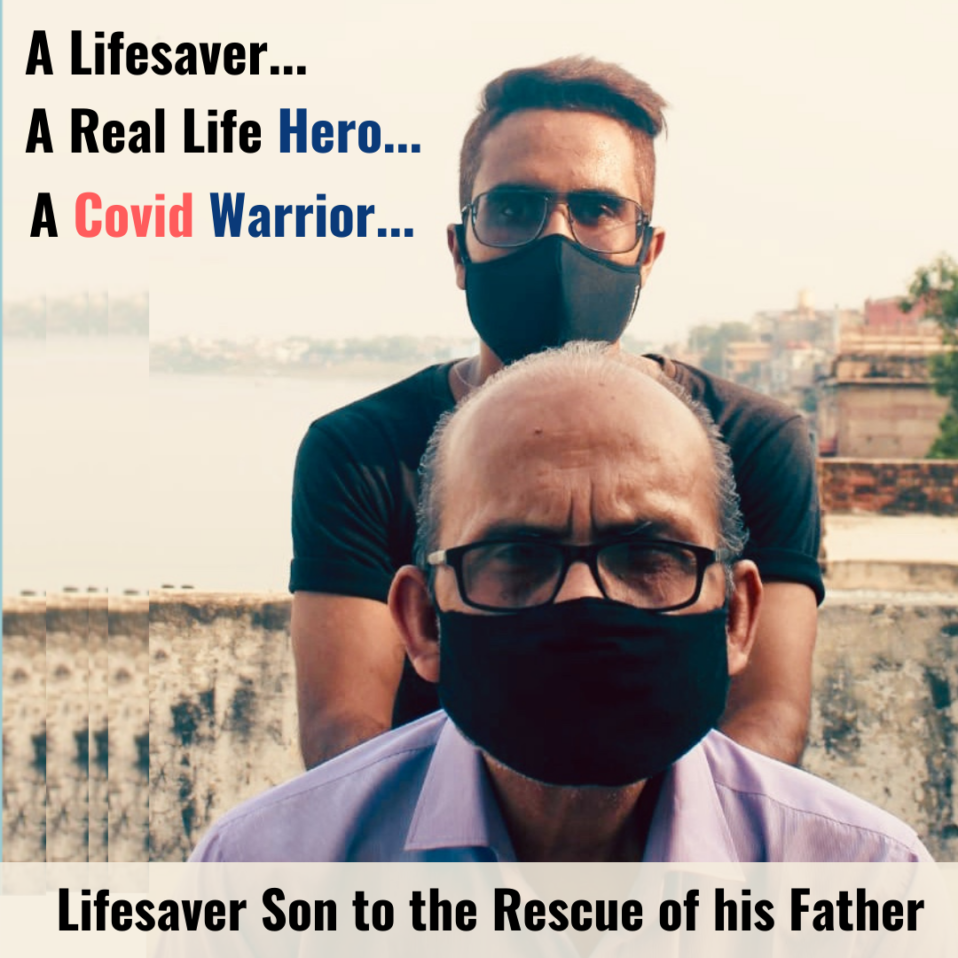


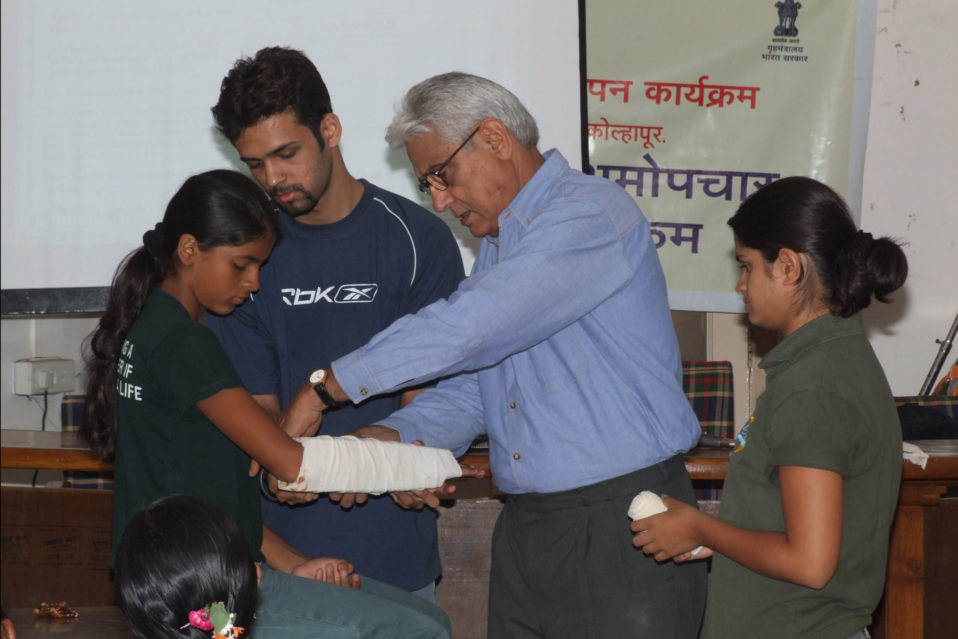
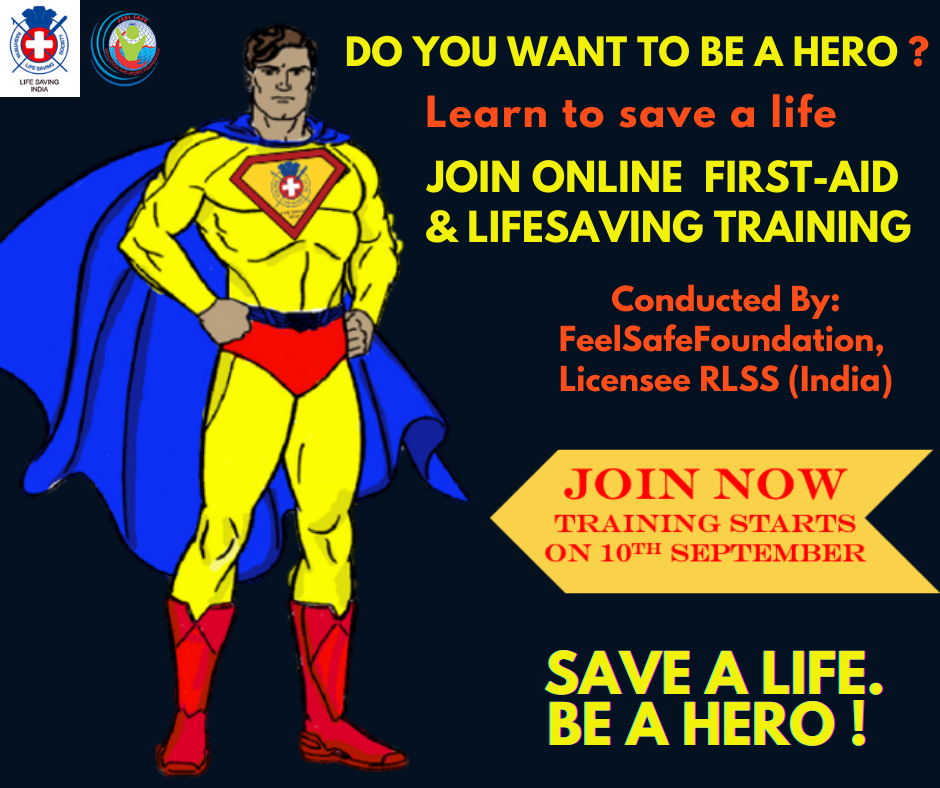

Post a comment